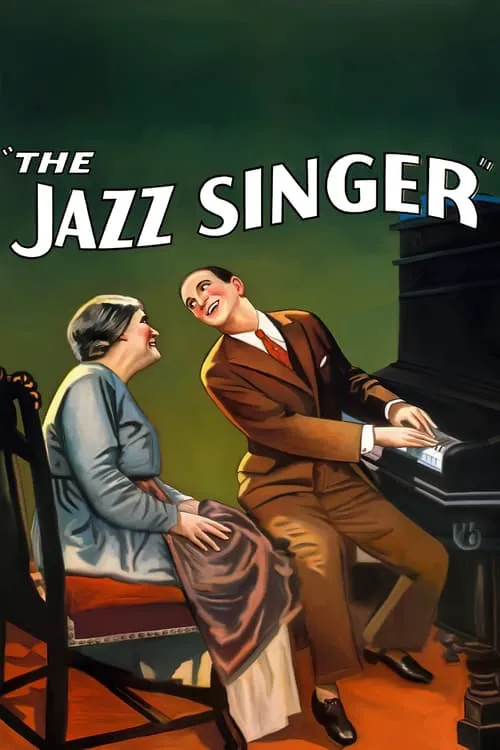The Jazz Singer

Plot
The Jazz Singer, directed by Alan Crosland and released in 1927, tells the poignant story of Jakie Rabinowitz, a young Jewish man caught between the expectations of his family and his passion for the emerging art form of jazz music. The film is a cinematic milestone, marking the first full-length feature to utilize synchronized sound, and its story of artistic expression and rebellion would prove timeless. Jakie is the son of a cantor at a traditional Jewish synagogue in New York City's Lower East Side. From a young age, Jakie is drawn to the sounds of jazz, and he begins to secretly sing in a local cabaret. His talent and enthusiasm for the music are undeniable, and he dreams of a career as a jazz singer, despite the disapproval of his father, Cantor Rabinowitz. For years, Jakie performs under the guise of Jack Robin, using his secret performances to save money for a chance to enter the world of jazz. However, his family's expectations and the constraints of their traditional lifestyle weigh heavily on him. Cantor Rabinowitz wants Jakie to follow in his footsteps and take over the synagogue when he retires, but Jakie feels stifled by the expectations placed upon him. As Jakie struggles to reconcile his passion for jazz with the demands of his family, he meets Mary Dale, a beautiful and ambitious jazz singer who becomes his love interest. Mary is a confident and charismatic performer who sees potential in Jack Robin, and she encourages him to pursue his dreams. Their romance blossoms, but Jakie's family is dismayed by his relationship with a woman involved in the "frivolous" world of jazz. The film's climax features a heart-wrenching confrontation between Jakie and his father, set against the backdrop of a pivotal moment in Jack Robin's career. Fearing his father's disapproval, Jakie must decide between his love of jazz and his loyalty to his family. The dramatic tension builds as Jack Robin takes the stage in a highly anticipated audition, and his performance sets him on a irreversible path towards his dream. The use of synchronized sound in The Jazz Singer revolutionized the art of filmmaking, allowing the integration of music and dialogue into the narrative. The film's music, including Irving Berlin's "Blue Skies" and "Puttin' on the Ritz," is woven seamlessly into the story, creating a rich and immersive cinematic experience. The Jazz Singer's groundbreaking soundtrack helps to bring the audience into the world of the film, and its influence can still be felt in modern-day musicals. Through the story of Jakie Rabinowitz, The Jazz Singer offers a poignant exploration of the tension between tradition and modernity. As Jakie navigates his complex desires and expectations, the film raises questions about the role of family, culture, and community in shaping individual identity. Ultimately, the film suggests that true art forms, like jazz, can provide a transcendent and liberating outlet for self-expression. The Jazz Singer's impact on American cinema extends far beyond its technical innovations. The film's themes of artistic rebellion and self-discovery have captivated audiences for generations, making it a timeless classic that continues to resonate with viewers today. In its portrayal of the struggles and triumphs of a young, aspiring artist, The Jazz Singer offers a universally relatable story that speaks to the human experience of chasing one's dreams against the backdrop of societal expectation and tradition.
Ulasan
Rekomendasi




